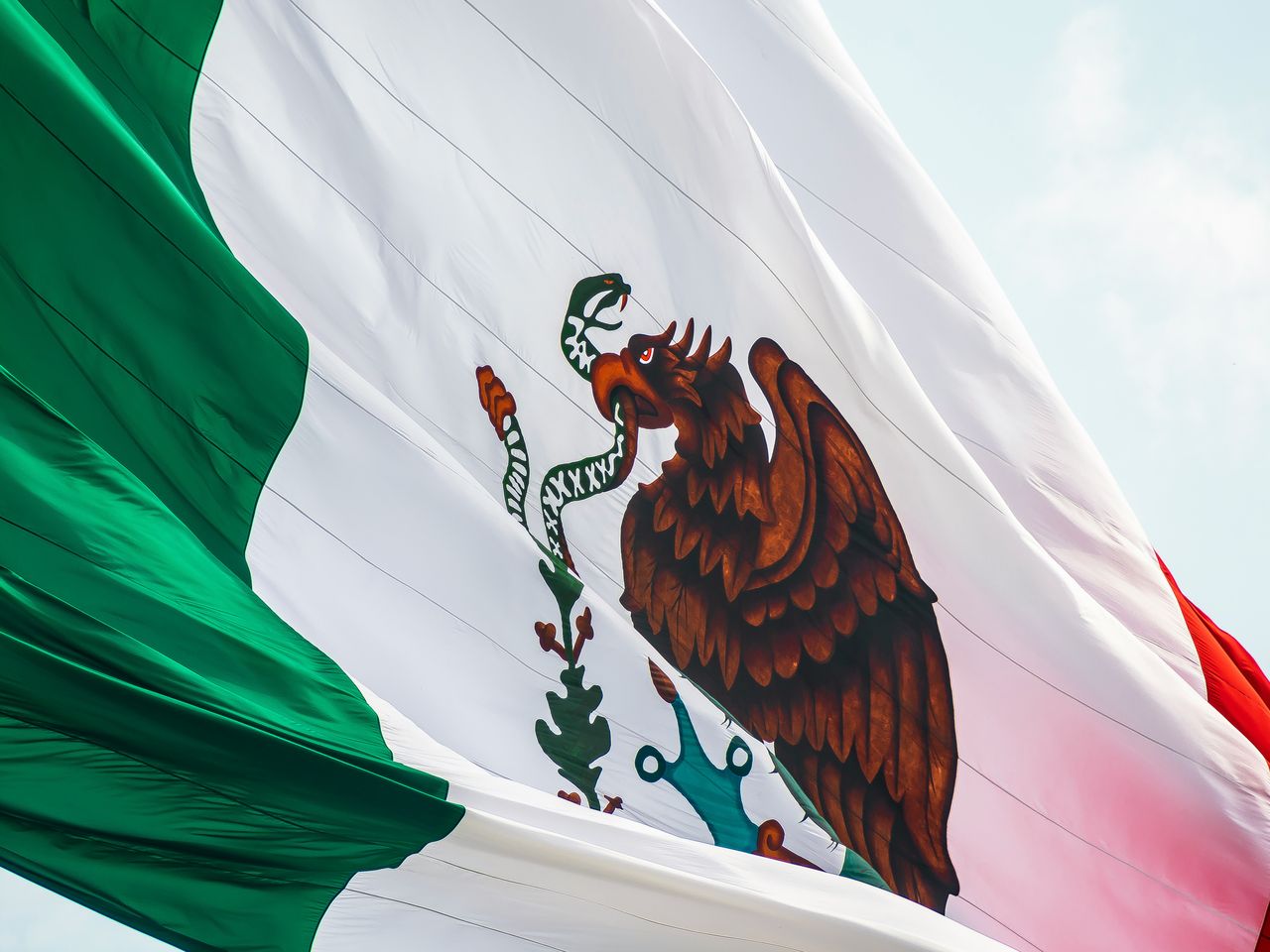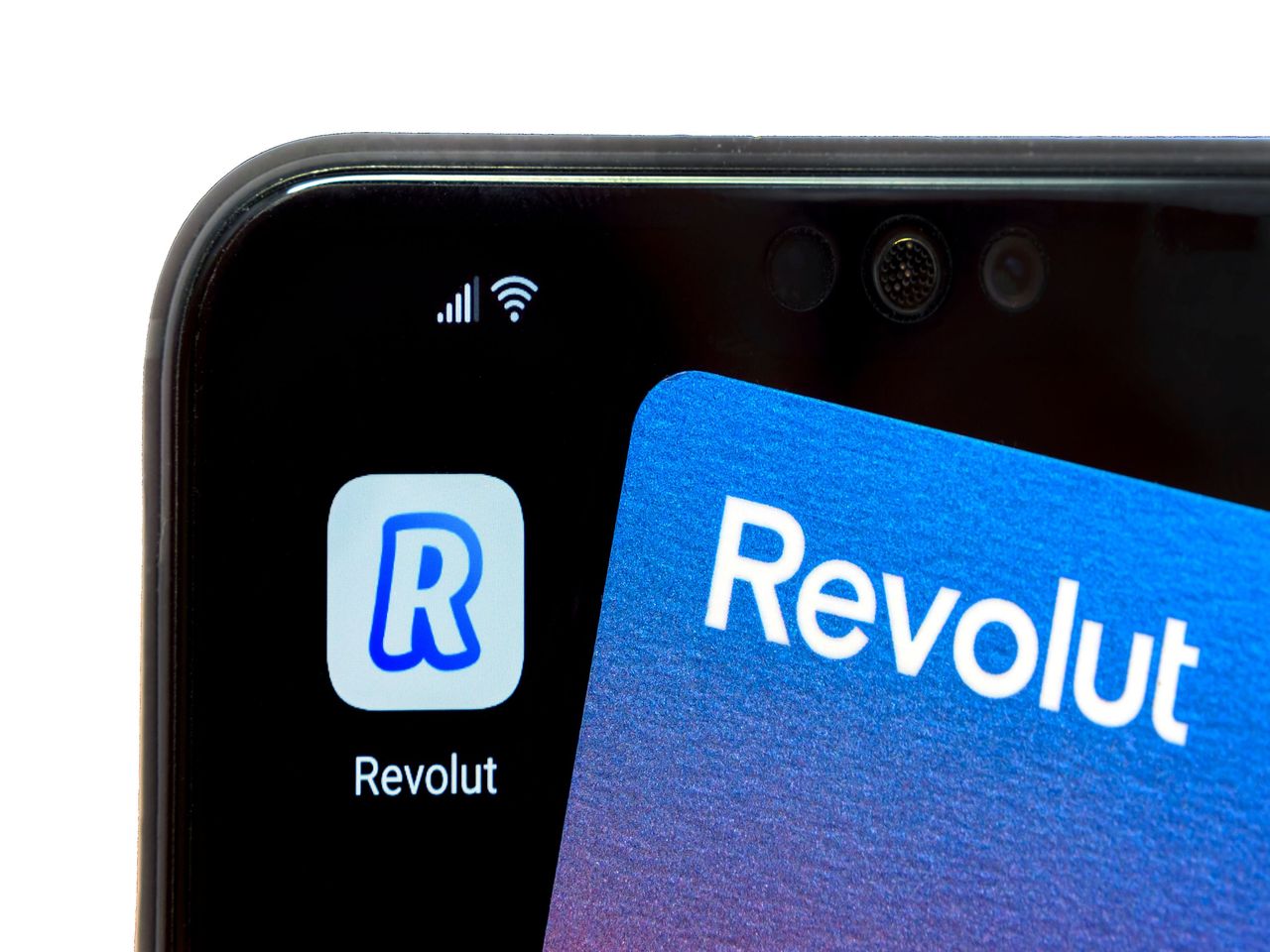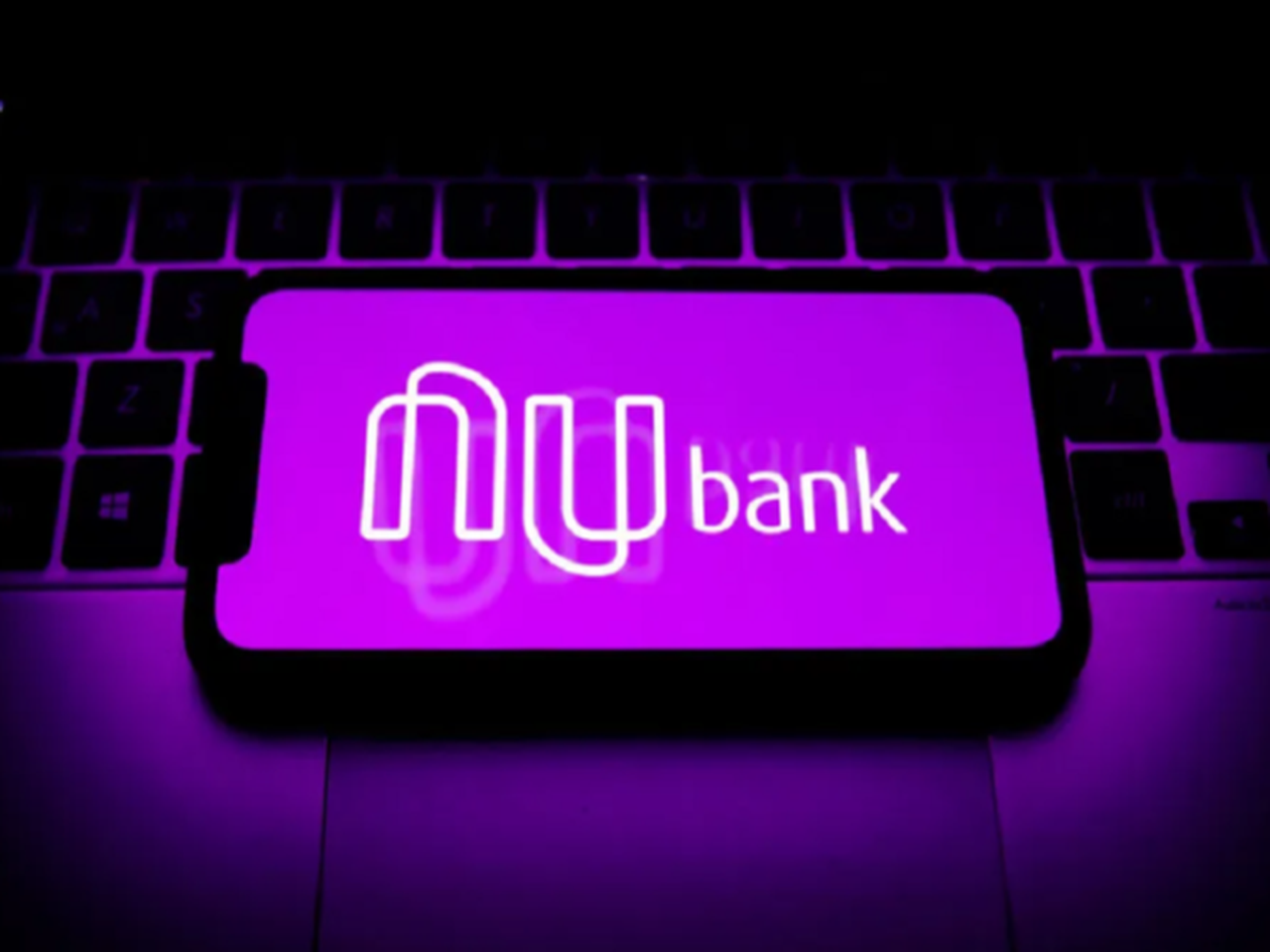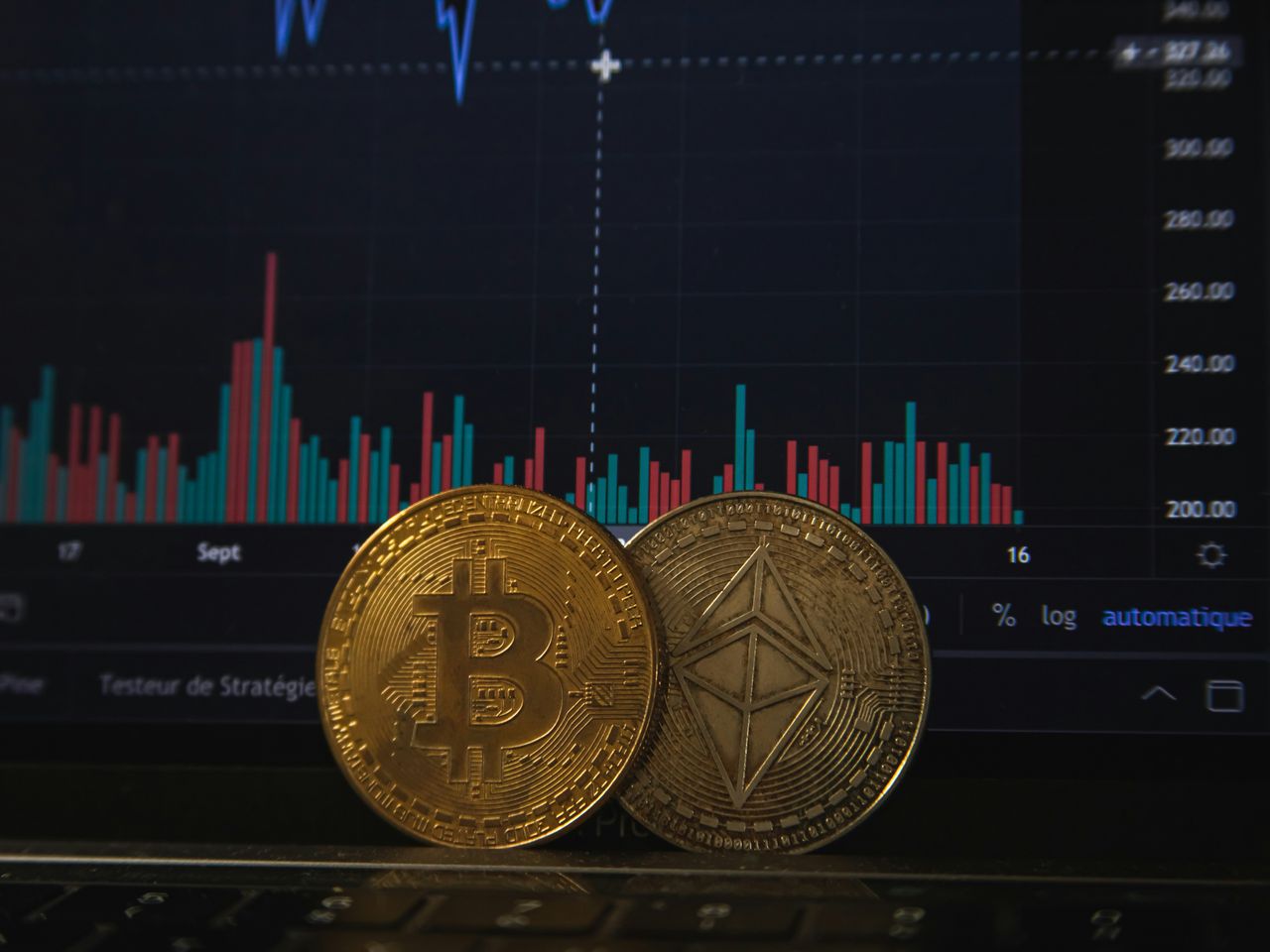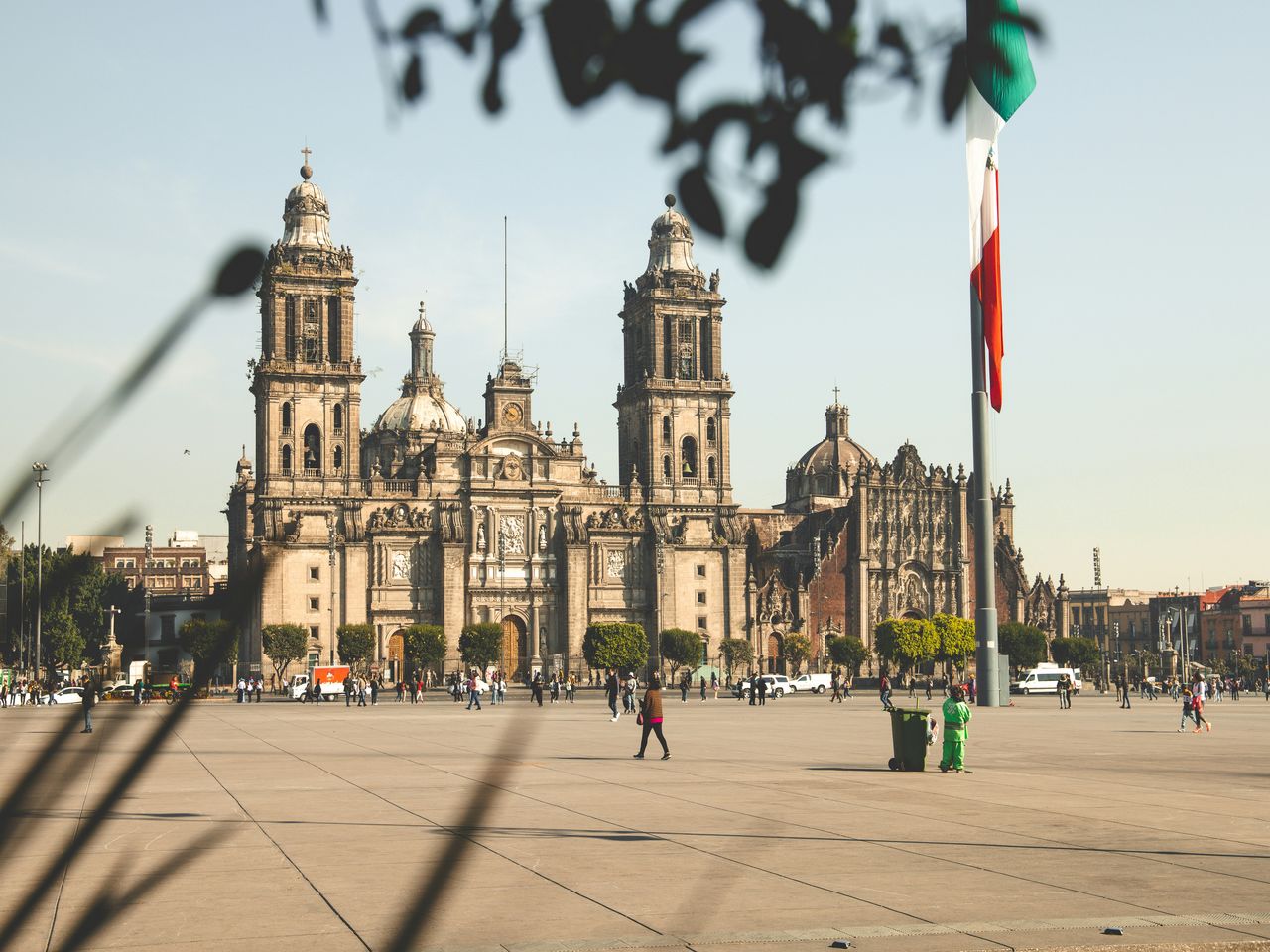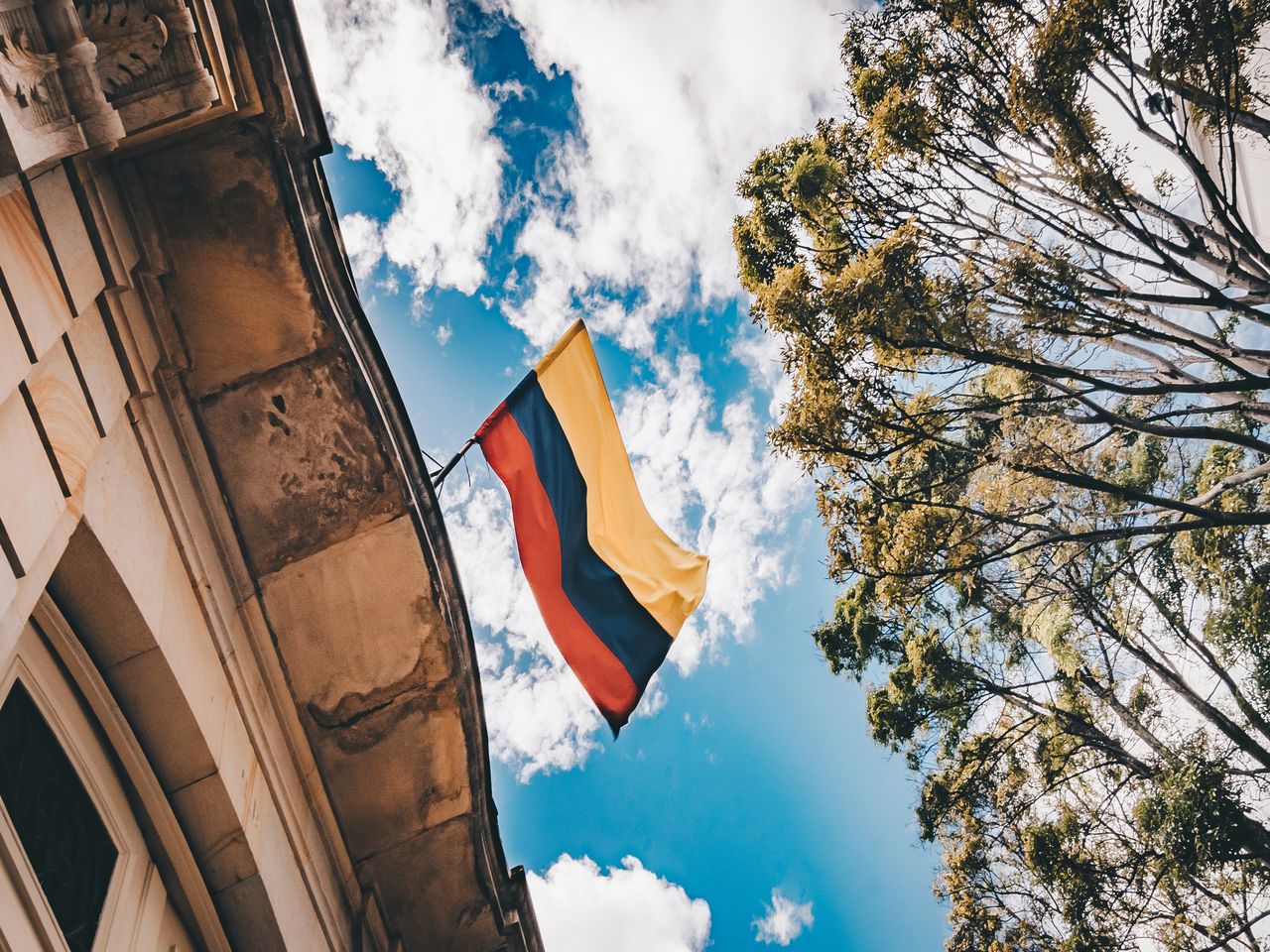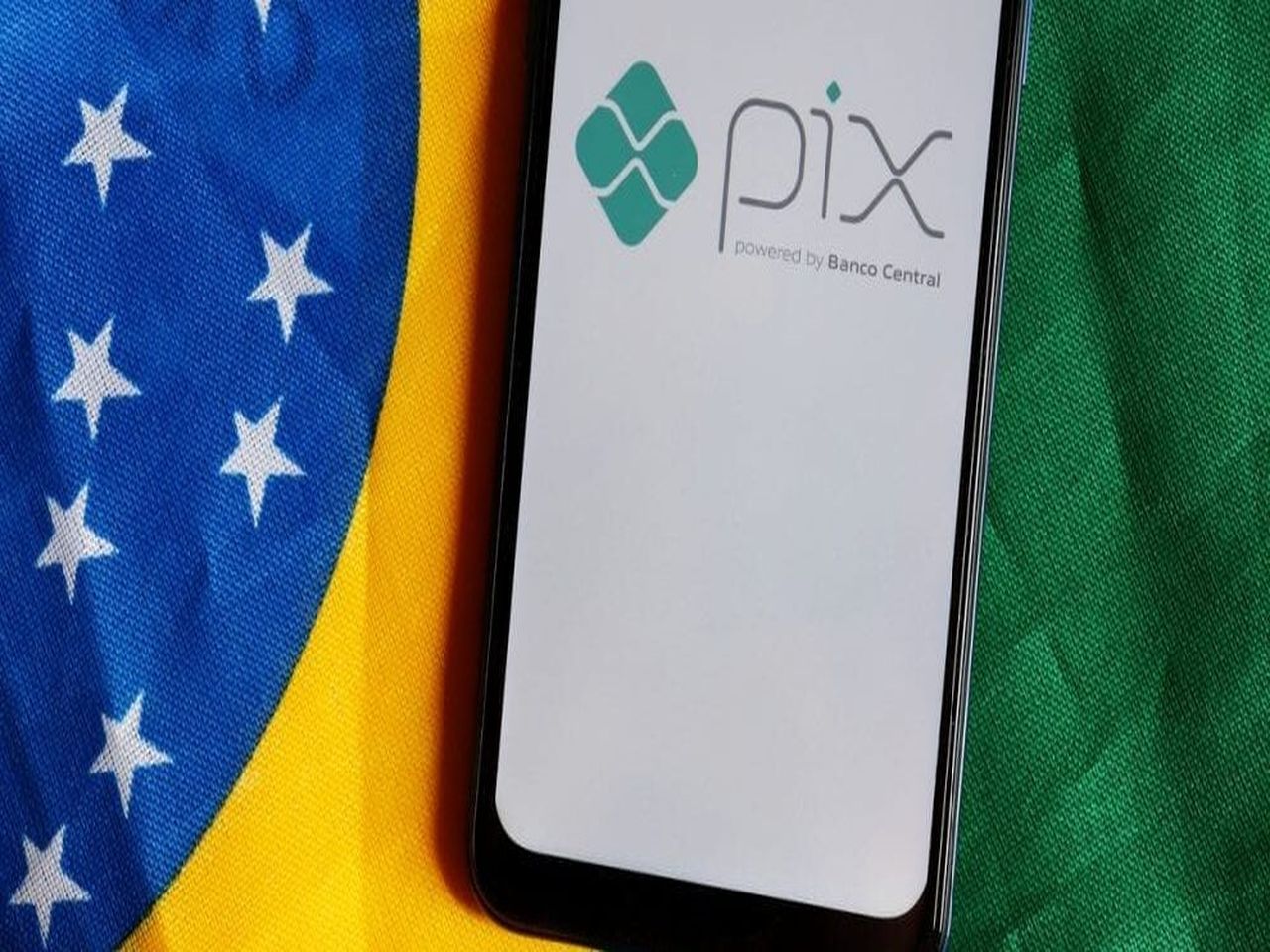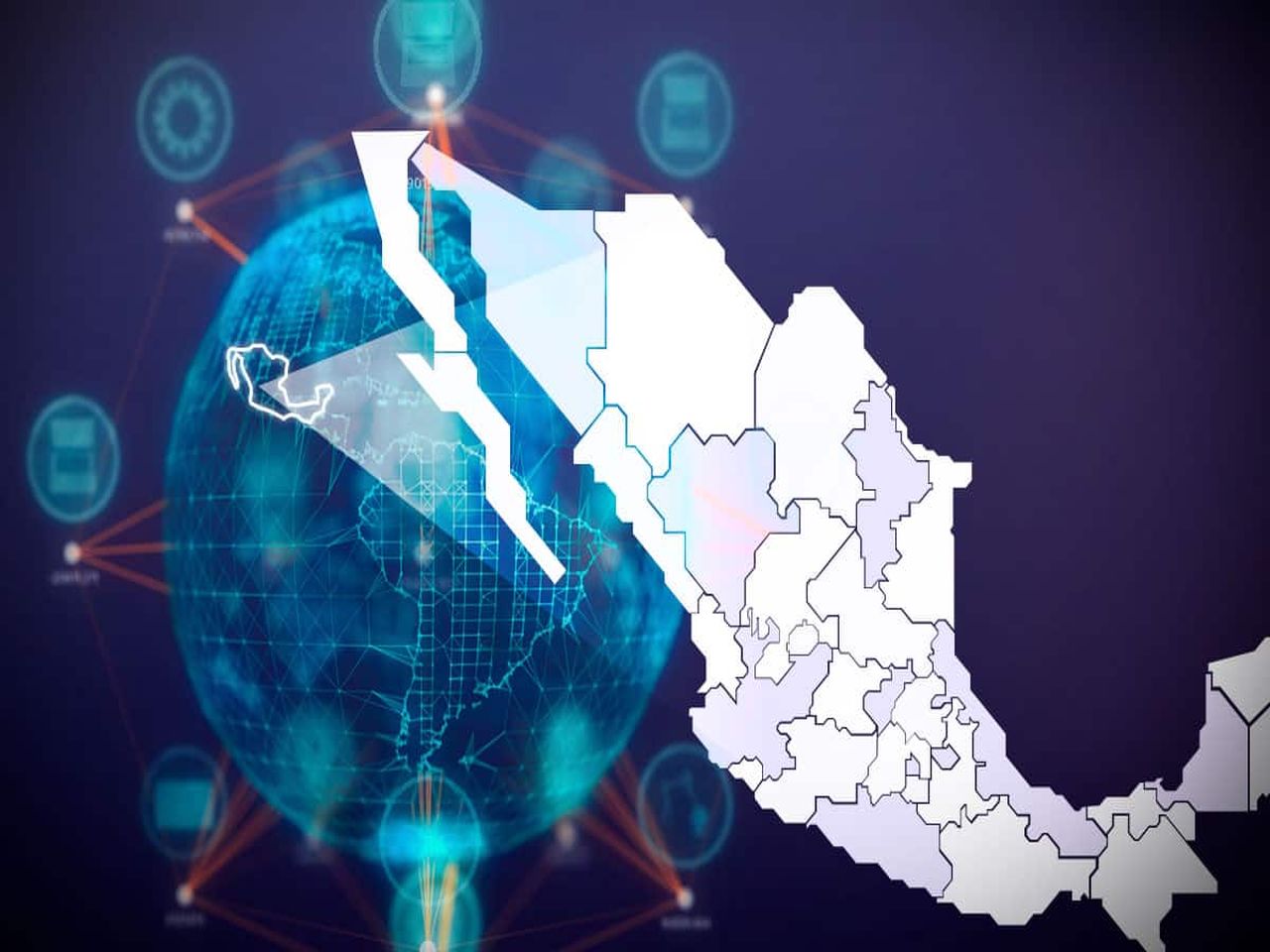More than two dozens neobanks are vying for digital customers in Mexico, Latin America's second-largest economy.
JoinedJun. 9, 2022
Articles206
David is a Latin American journalist. He reports regularly on the region for global news organizations such as The Washington Post, The New York Times, The Financial Times, and Americas Quarterly.
He has worked for S&P Global Market Intelligence as a LatAm financial reporter and has built expertise on fintech and market trends in the region.
He lives in Buenos Aires.
The British neobank, serving over 40 million customers globally, has acquired a banking license in Mexico.
Brazilian neobank Nubank partnered with Wise to launch a global account. The online lender is targeting the highly affluent in Latin America.
After Pix and Open Finance, the central bank of Brazil is closing in on the launch of Drex, its central bank digital currency.
The number of fintechs operating in Mexico has grown consistently. Progress in financial inclusion, however, has been far less explosive.
Nubank announced a partnership with Arcus by Mastercard to incorporate cash deposits into its offering in Mexico.
Colombian fintechs have been very active in the VC space in 2024, with a number of startups raising over $150 million in funding so far.
Banking-as-a-Service (BaaS) is growing in popularity in Latin America and is expected to surpass $2 billion in market size this year.
Brazil and India are leading instant payment growth, with Pix and UPI accounting for over a third of total instant payments worldwide.
The number of fintechs in Mexico has grown to nearly 1,000 as of 2023, with U.S. startups commanding a lead among foreign fintechs.


